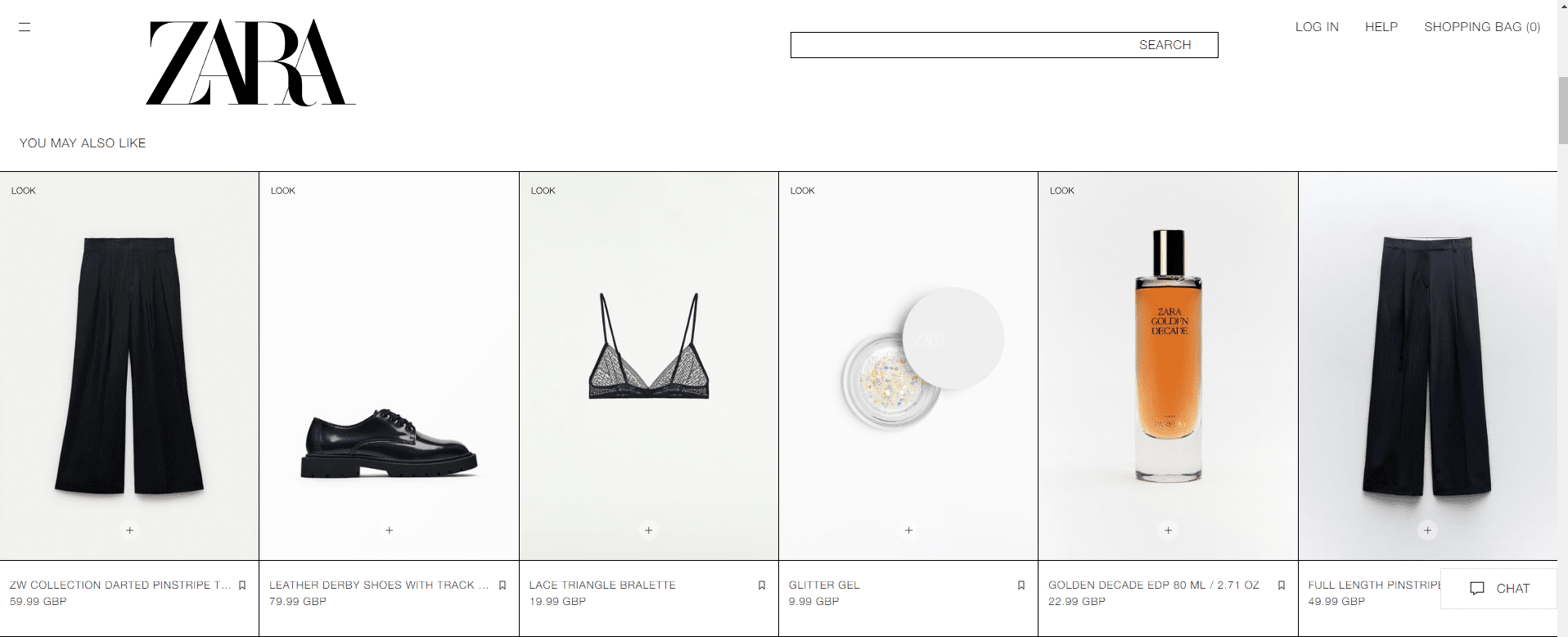The fashion industry is one of the most dynamic and rapidly evolving sectors in the UK, with ecommerce playing an increasingly pivotal role.
As consumer behaviour and technology continue to evolve, it’s crucial for fashion retailers to stay ahead of the curve. In this blog post, we’ll explore the latest ecommerce trends in the UK fashion sector from findings published by Retail X.
Fashion ecommerce trends shaping the industry
The cost of living crisis is impacting spending habits
It’ll come as no surprise that the UK’s cost of living crisis is impacting spending habits across the fashion industry as a whole. The continued aftermath of Covid-19, plus the Russian invasion of Ukraine, have had a profound impact on consumers of fashion, as well as manufacturers, distributors, brands and retailers themselves. As prices go up and disposable income depletes, spending on non-essentials has naturally slowed down, with fashion sales taking a hit.
Fashion e-shoppers are spending more than regular e-shoppers
It’s not all doom and gloom, though. While the fashion sector as a whole has seen a decrease in sales, fashion e-shoppers continue to be more willing to spend money than e-shoppers in any other industry. In fact, 52% of fashion consumers shop online more than once a week. Fashion consumers tend to be young, and therefore have more disposable income, so it’s important that your online sales channels are optimised for them.
51% of fashion buyers already subscribe to an ecommerce subscription service
When fashion buyers shop other sectors, they tend to favour subscription-based models. While the subscription format isn’t all that common in the fashion industry, it is a growing part of the modern ecommerce model. Many consumers have embraced subscription services as a convenient way to ensure they never run out of staples. Favoured by the grocery, beauty and healthcare sectors, offering a subscription service is a win-win for merchants, creating repeat business, a consistent revenue stream and better margin on cost of acquisition.
But how can this translate to the fashion industry? Fashion famously relies on impulse purchasing, right?
Forward-thinking fashion brands are starting to experiment with ways to benefit from the loyalty and value that subs services offer. Curated fashion boxes and rental schemes are a natural fit, and will no doubt give fashion brands something to think about over the coming months.
AI is becoming more prominent in the fashion sector
In order to keep costs down, fashion retailers are relying on technology to cut overheads to deliver lower cost items and maintain margin. Personalisation has been a huge trend this year for ecommerce brands across the board, and fashion brands are no different, utilising AI technology to analyse customer data to tailor product recommendations and marketing strategies to individual customers’ needs and preferences.
Some examples are the “recommended for you” features we can see on fashion websites like Zara, which suggests products based on a customer’s browsing and purchase history. This can lead to increased sales and customer loyalty. AI can also be used to optimise inventory management and supply chain operations. By using AI algorithms to predict customer demand, retailers can better manage their inventory, reducing waste and improving efficiency. Adidas recently implemented an AI-powered system that can predict product demand and adjust production accordingly, improving their sustainability efforts.

Younger shoppers are turning to social commerce
The fashion sector has been an early adopter of social commerce. Younger shoppers are turning to Instagram to buy fashion products, and this has led to substantial growth in mobile fashion retail. By July 2023, 42% of UK online fashion shoppers had purchased goods through social media, with Facebook and Instagram by far the most popular platforms for doing so. However, Facebook’s role in social commerce is more akin to a marketplace, where brands and retailers can advertise and sell their goods. Unsurprisingly, Instagram relies on influencers and aspirational content to turn posts into sales.
Are you prepared for the emergence of AI in fashion ecommerce? Are you tapping into the subscription service potential? If not, now’s the time to act on this year’s top fashion ecommerce trends before it’s too late – get in touch to see how we can help.

